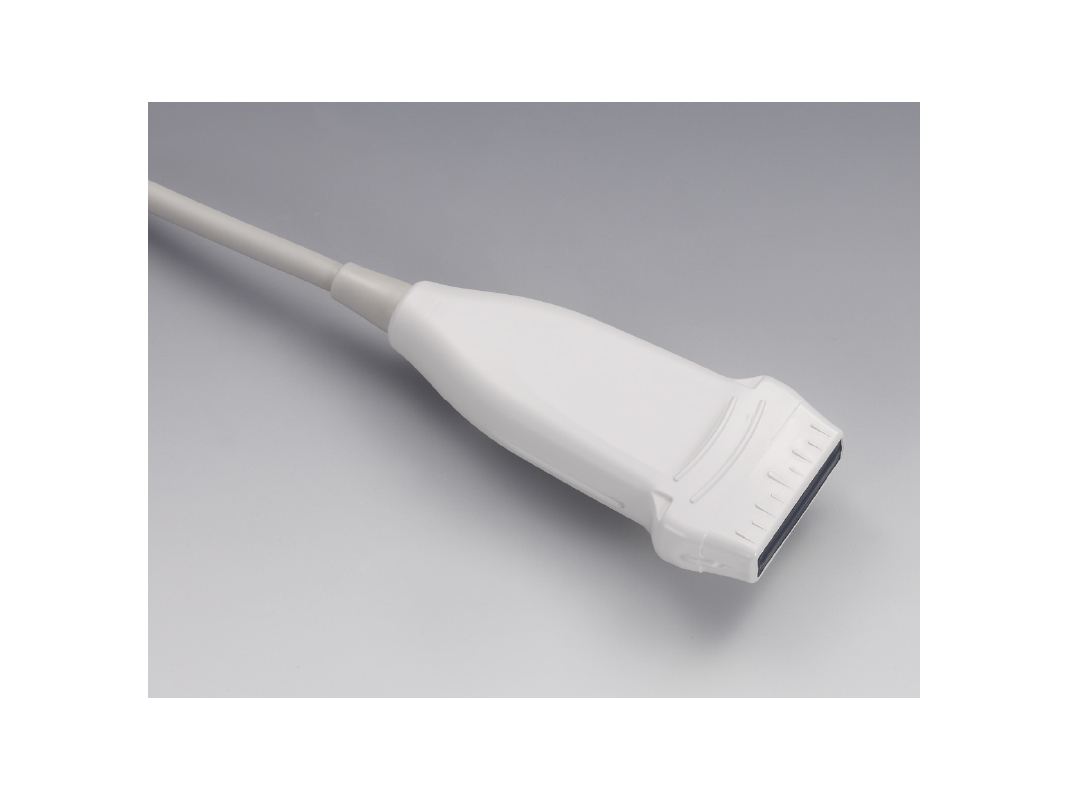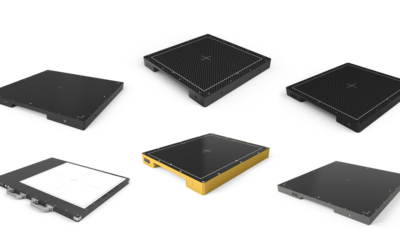Throughout the long evolution of medical ultrasound imaging, one key aspect of ultrasound equipment has remained static: piezoelectric crystals or ceramics have always performed the transmission and reception of the ultrasound signal. This changed earlier in the year when Hitachi Healthcare introduced the SML44 linear array at the European Congress of Radiology. Having recently received FDA 510(k) clearance in the USA, the probe was introduced to the American market at the Radiological Society of North America’s 2017 Annual Meeting.
The SML44 is the first fully-featured commercially available ultrasound probe to employ capacitive micro-machined ultrasound transducers (CMUT) to power its imaging. This innovative design enables an ultra-wide bandwidth of 2-22MHz, allowing a single probe to address multiple clinical needs and to adapt to a wide variety of body habitus.
Clinically viable CMUT probes – sometimes referred to as “silicon probes” because they are fabricated using techniques first developed in the semiconductor industry – have been pursued by the imaging industry for decades says John Waddell, vice president and general manager of ultrasound.
“CMUT technology has tremendous potential,” said Waddell, “but it also posed some significant engineering challenges. This is actually our fourth-generation CMUT probe even though previous versions were not widely commercialized. The creative solutions our R&D team devised to overcome obstacles that had stumped other organizations put Hitachi in an enviable position as leader in this emerging field.”








